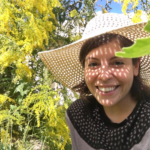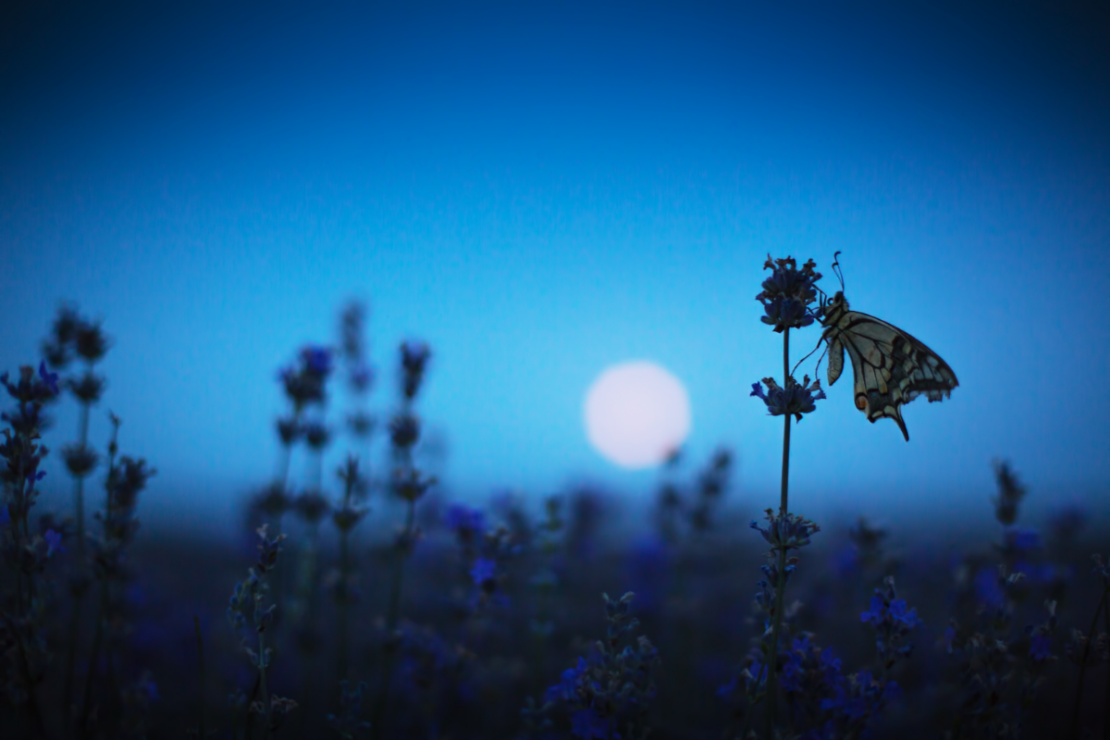
Gardening By the Moon: How Lunar Planting Deepens Your Relationship With the World You Live In
When we hear a phrase like “gardening by the moon,” it can elicit mystical and magical thoughts. However, this is an ancient (rather than new age) method for managing agricultural work that continues to be a tool for farmers today. One of the most popular planting guides ever produced, The Old Farmers Almanac, uses lunar planting theory to divide and appoint days for specific types of garden work. Biodynamic farming has also helped to bring these practices into our modern day.
Gardening by the moon provides agriculturists with a tried and true method of managing all the work there is to be done, from day to day and month to month. In addition to helping the gardener to manage time and tasks, lunar planting can also increase the ability and skill of the gardener to observe the interrelated nature of life in the garden. By connecting us more intimately to the rhythms of nature, both the garden and gardener benefit.
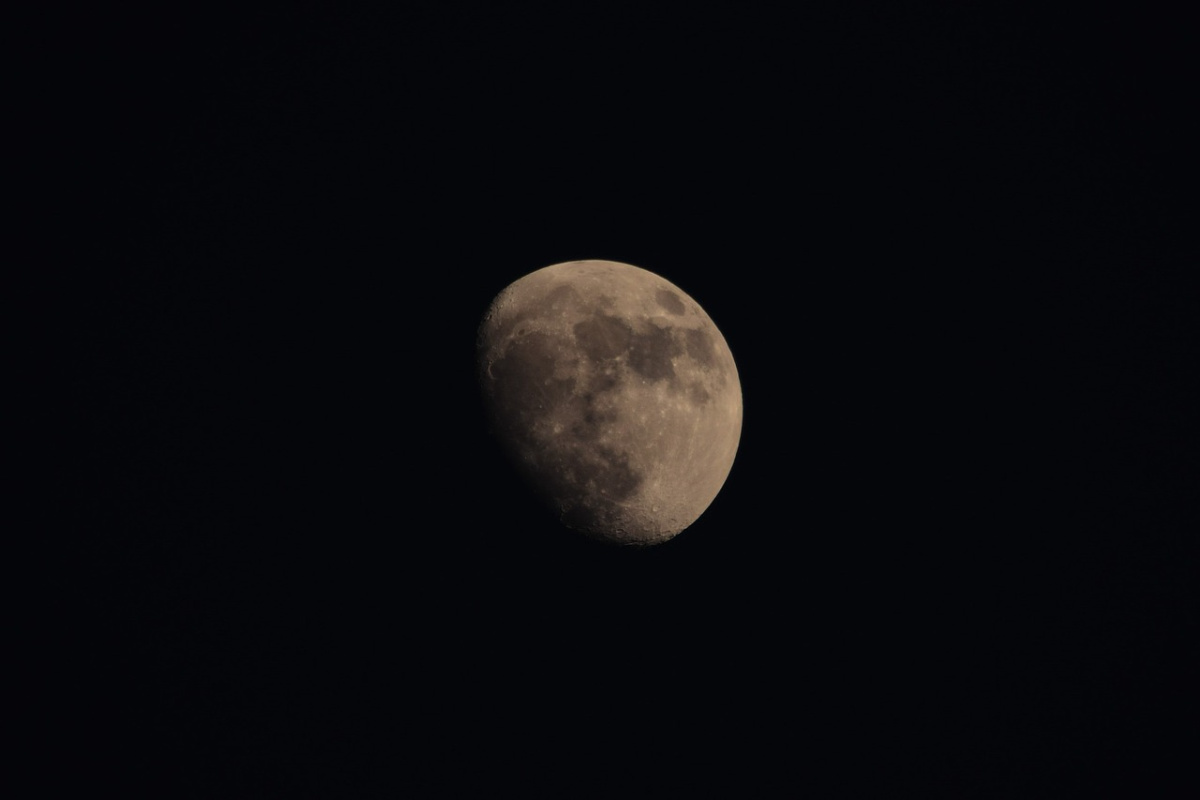
History of Gardening By the Moon
The practice of gardening by the moon is as old as agriculture itself, dating back to a period when people kept track of time based on the position of heavenly bodies in the sky. The calendars of many ancient cultures in Egypt, Europe, and Asia marked the passing of time based on the lunar phases and the position of the sun in the sky (van Buitenen et al., 2021). Early lunar calendars would have helped ancient peoples to track time and plan events, just like our modern calendars do today.
Ancient peoples lived in tune with the rhythms of nature because their survival and livelihood relied heavily on their observance of and preparation for these cycles. Being aware and in tune with these natural rhythms would have helped ancient gardeners to keep track of what work would be done when. We can see this when we look at ancient agrarian cultures, like the Sumerians, who named each moon of the year for the primary agricultural task to be undertaken during that moon cycle (Couch, 2017).
What Is Lunar Planting?
The main concept that unifies all of the many variations in lunar planting theory is that the moon rules moisture. Our moon has an observable effect on the water tables of our planet through the gravitational pull it exerts on the earth. The effects of the moon have been observed and studied by humans for millennia. Lunar planting is a system for organizing tasks and managing time that acknowledges and takes into account these effects.
Long-term observation and study have shown that the water tables of the earth are greatest when the moon is either full or new. In both of these scenarios, the sun, earth, and moon are in alignment. This alignment increases the gravitational pull of the sun and earth on our planet (Mayoral et al., 2020; Sivasankari & Thimmaiah, 2021). The idea is that with the rise in the earth’s water tables there is an increase of availability in water resources for seeds and transplants when they meet the earth (Sivasankari & Thimmaiah, 2021 & McLeod, 2021).
Many modern theories have developed around the significance of the moon and its effects on plant life. Some of these theories are rooted in a kind of folk logic, like those in the Farmer’s Almanac. Others claim to be mystical insight from clairvoyant experiences, as seen in biodynamic farming circles (Mayorl et al., 2020). Regardless of the theory, motivations, or source that brought these ancient practices into our modern day, lunar planting persists as a method of time and task management for the agriculturist.
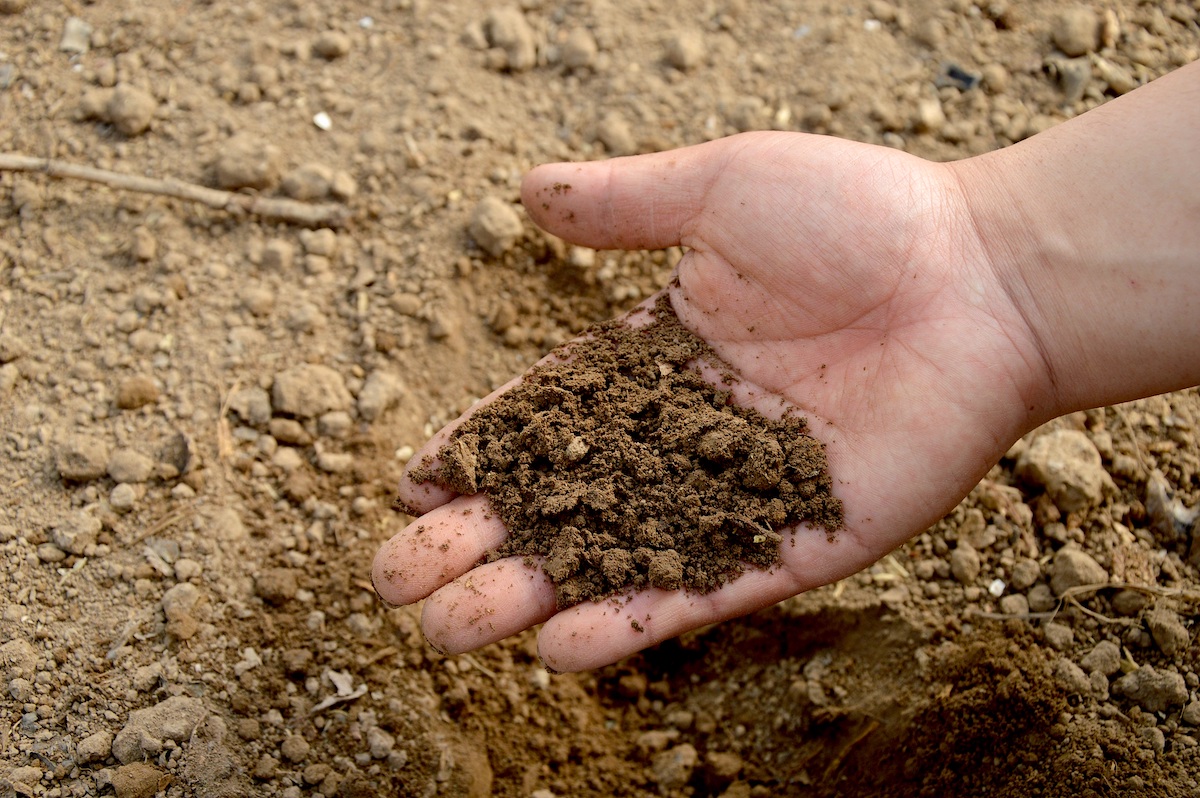
Teaching Stories
Lunar planting theory gives stories and personification to the rhythms by which we must live in agricultural practice. As the moon makes its 28-day journey around our planet it rises and dips through all 12 of the zodiac signs. Maria Thun, who spent many years researching the efficacy of lunar planting theory, explained that as the moon rises from the deepest point in the sign of Sagittarius to the highest point of Gemini that the earth is exhaling. Then, as the moon descends from the highest point, to the lowest point in its orbit the moon is inhaling (Thun, 2010).
This idea suggests that certain agricultural activities agree with the energy of inhalation and exhalation, and are best carried out when in agreement with those energetic times in the lunar cycle. The period when the moon is ascending in its orbit (the earth is exhaling) is the best time for the gardener to seed, transplant, or harvest anything that produces above the ground surface. This would include all flower, fruit, bark, or leaf crops. As the earth exhales, the breath of the earth is moving out and helping these aboveground plants to grow out from the surface of the earth (Thun, 2010).
The period when the moon is descending on its orbital path (the earth is inhaling) is the best time for the gardener to amend the soil, control pests, subdue weeds, prune, harvest, and plant below-ground crops. Below-ground crops include anything that is harvested for the root, tuber, or rhizome (Thun, 2010). As the earth inhales it draws into itself the nourishment from amendments, stabilizing and energizing the roots of the plants.
Does this mean that the earth has a respiratory cycle of 14 days of inhalation and 14 days of exhalation? No, but this allegory about the earth, the moon, and how their dance affects life on this planet has helped people systematize their work for ages. Being able to see these entities as living and breathing just like us helps us to see ourselves as a part of these rhythms and cycles instead of separate from them.
There is also the method of planning your garden tasks according to the moon’s phase, following the waxing and waning of the moon as it makes its monthly orbit. In this method, the waning moon (as the moon moves from full to new) is the best time for feeding the soil and working with roots plants. When the moon is waxing (moving from new to full) is the best time for seeding new plants and working with above-ground crops (Jackson, 2015 & Detenhoff, 2020).
In terms of the reliability and functionality of planting based on the sign the moon occupies, some individuals swear by planting according to the astrological position of the moon and consult multiple lunar calendars in planning their garden work. Others find this to be an overwhelming amount of detail and focus on the fundamentals of gardening with respect and awareness of the effect the moon has on life on earth (Jackson, 2015). This is a practice that you can participate in at your level of interest.
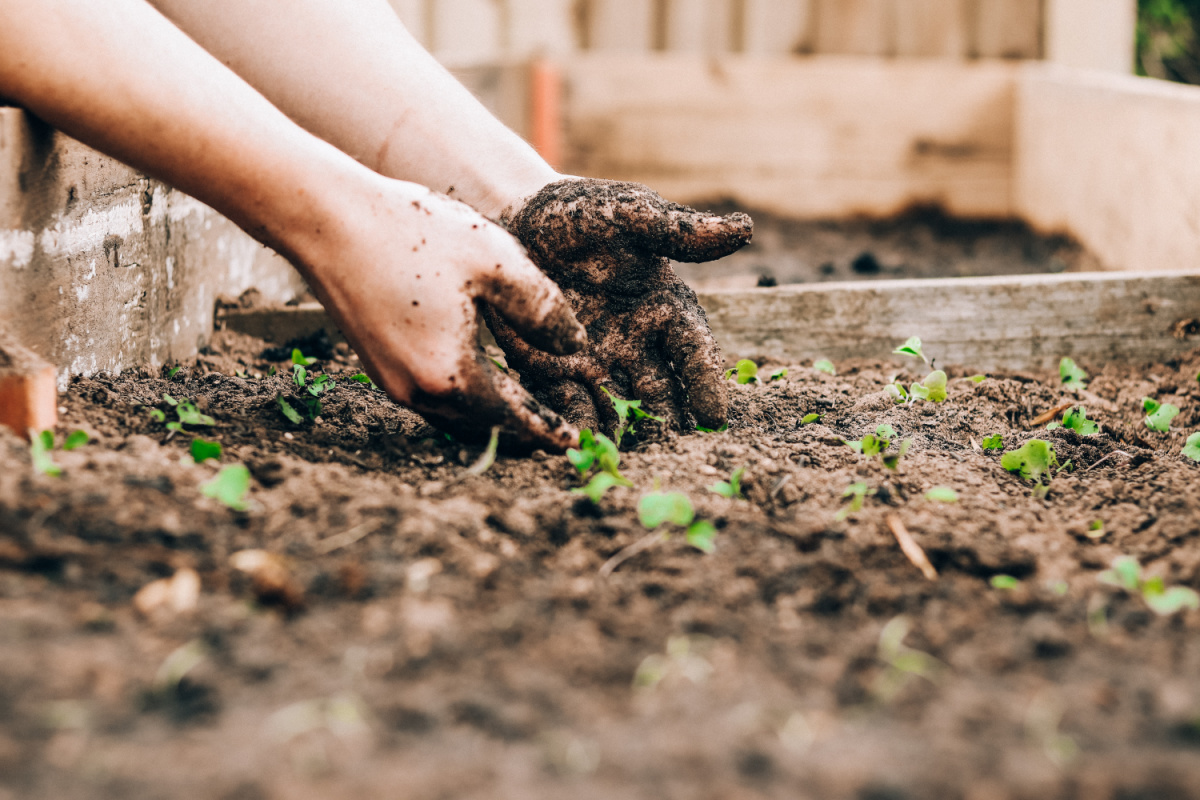
Benefits of Gardening by the Moon
Aside from the beneficial effect that gardening by the moon could have on your seasonal bounty, one of the greatest benefits is the effect it has on the gardener. Lunar planting asks us to be aware of and in tune with the cycles and rhythms of the natural world—which is integral to our agricultural endeavors. It asks us to use our powers of observation and to work consciously and intentionally with the natural world.
Gardening by the moon can help agrarians to find a natural rhythm for their work. It helps the gardener to focus on the appointed task at the appointed time, with the understanding that there is already time allocated for every project throughout the growing season. This approach to time and task management can help the never-ending gardening to-do list and instead gives rise to a more free-flowing feeling as opposed to restrictive and regimented.
Following a schedule for garden duties also helps the gardener to stay on top of maintenance and prevention. This proactive approach, setting aside time for each facet of gardening each month, allows the gardener to prevent major issues from coming up. Rather than needing to react to an overgrowth of weeds or poor soil nutrition after your plants have started to suffer, you can prevent those issues by making those projects part of your waning moon work rhythm.
Gardening by the moon leads us to regular and repeated observation of the many environmental factors at play in the garden. When we are tending to all the work in a cyclical way, touching and looking at every part of the garden over and over and over again will only help to improve our understanding of the interrelated nature of the many environmental factors at play. The willingness of the gardener to tune into and work with the rhythms of the natural world will directly impact their success.
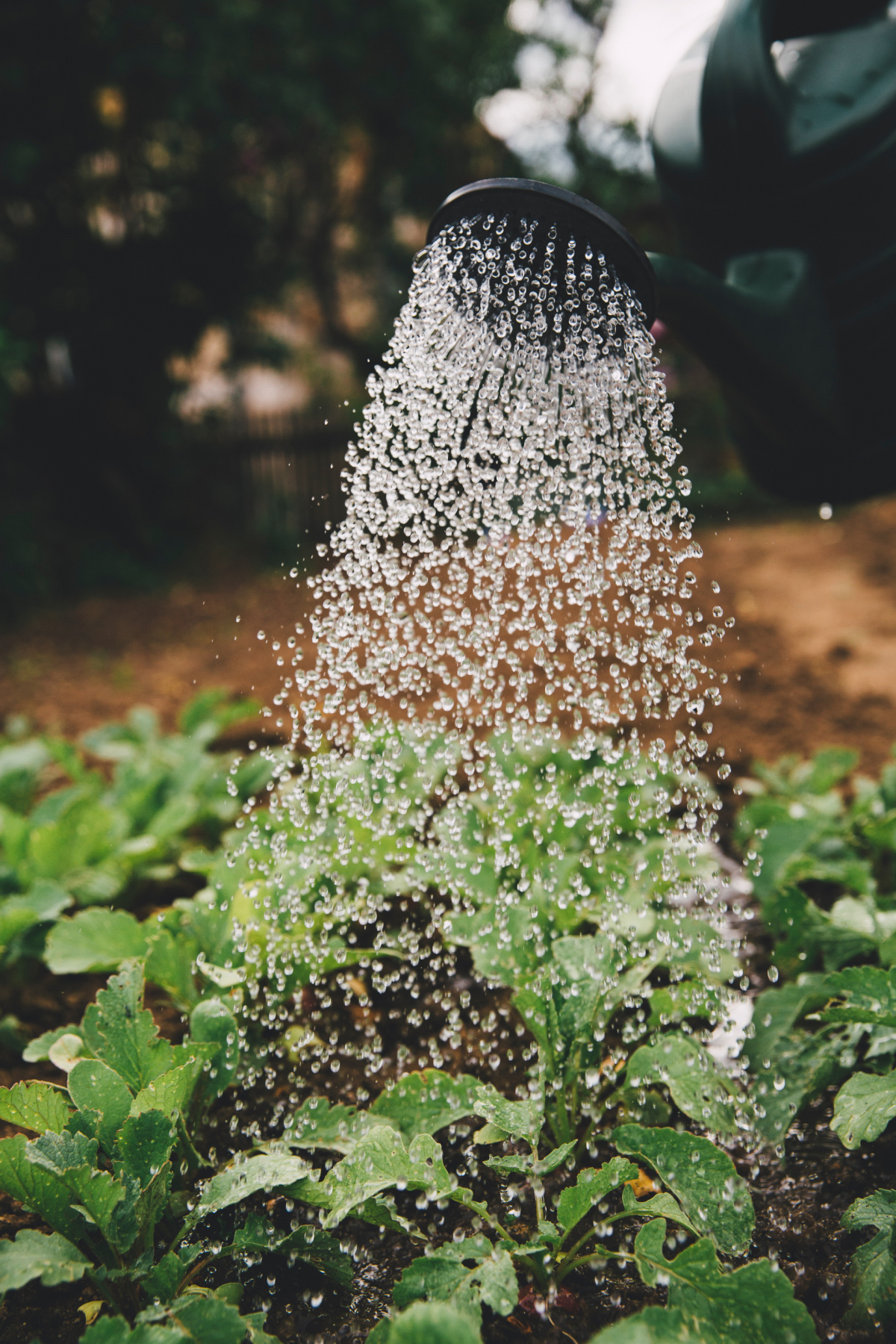
Agricultural Science
Agricultural and horticultural science manuals and handbooks available today make little mention of the effect of the moon on the growth of plant life. Anecdotal affirmation of these ideas is not given serious consideration in terms of agricultural science, and there is little to be found in terms of scientific research or study on the effects of the moon on plant life (Mayoral et al., 2020). Some say that there is no scientific support that lends credibility to lunar-based agricultural practices (Mayoral et al., 2020), while others say there are some studies that show positive results and greater study is needed to evaluate the effectiveness of lunar planting under field conditions (Sivasankari & Thimmaiah, 2021).
It is important to address the subject of pseudo-science, so that myth and lore are not mixed with our factual understanding of the way the world works. It is not beneficial to a grower, of any capacity, to put the fate of their agricultural endeavors entirely in the hands of superstition. There needs to be a fundamental and factual understanding of the way plants and their ecosystems work to be as successful as possible in gardening and agriculture.
Lunar planting is just one tool at the gardener’s disposal when it comes to planning and maintaining a garden—a tool that still needs the support and backing of a basic biological understanding of plant life and environmental factors that affect plant life. It won’t matter if you sow your seeds just before the full moon if you aren’t planting them during the right season or adequately watering the soil to keep it moist so those seeds germinate.
In Closing,
Gardening by the moon can provide agriculturists with a tried and true method of managing their work, while simultaneously helping them to become more intimately connected to the rhythms of nature. When paired with a factual understanding of the natural world, the time management strategies of lunar planting have allowed the gardeners to stay on top of their chores and produce beautiful and abundant gardens for centuries.
RECOMMENDED RESOURCES
The Biodynamic Year by Maria Thun
Moon Gardening: Planting Your Biodynamic Garden by the Phases of the Moon by Matt Jackson
The Old Farmers Almanac by Old Farmers Almanac
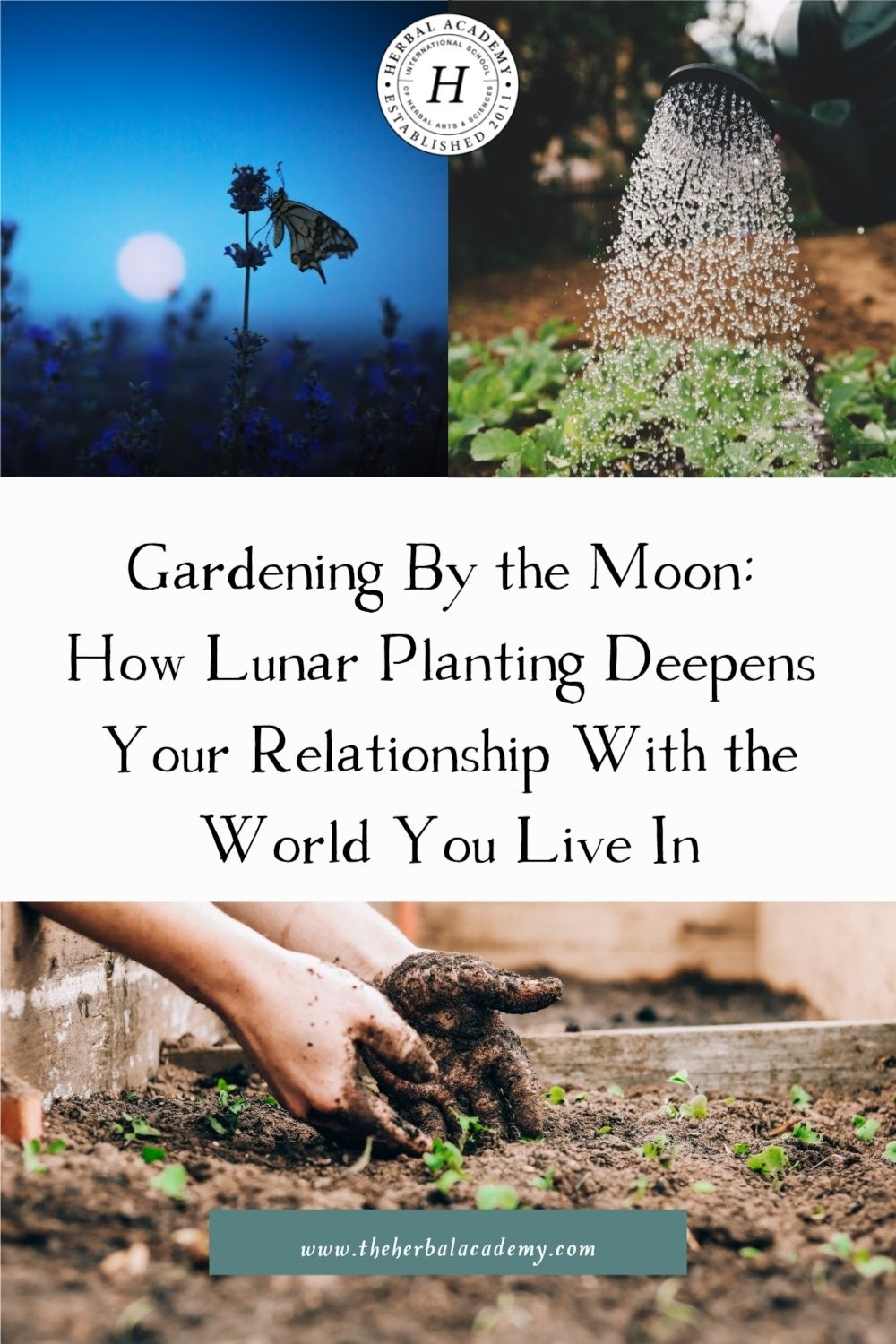
REFERENCES
Buitenen, J.A.B. van , Ronan, C. A., Bickerman, E.J., Proskouriakoff, T., Wiesenberg, E.J., van Buitenen, J. A. B., Ziadeh, N. A., …Schmidt, J. D. (2021). Calendar. Britannica. https://www.britannica.com/science/calendar
Couch, C. J. (2017). Information technologies and social orders. Taylor & Francis.
Detenhoff, I. (2020). Moontime diary 2020. Moontime Diary.
Jackson, M. (2015). Lunar & biodynamic gardening: Planting your biodynamic garden by the phases of the moon. Cico Books.
Mayoral, O., Solbes, J., Canto, J., & Pina, T. (2020). What has been taught and thought on the lunar influence on plants in agriculture? Perspective from physics and biology. Agronomy, 10, 955. https://doi.org/10.3390/agronomy10070955
McLeod, J. (2021). Why do we garden by the moon? Farmers’ Almanac. https://www.farmersalmanac.com/why-garden-by-the-moon-20824
Sivasankari, J. & Thimmaiah, A. (2021). Lunar rhythms in agriculture: Review on scientific perspectives. International Journal of Complementary & Alternative Medicine, 14(2), 81-85.
Thun, M. (2010). The biodynamic year: Increasing yield, quality and flavour – 100 helpful tips for the gardener or smallholder. Temple Lodge Publishing.
White, M. (2021, November 12). Farming by the moon: When to plant, wean, castrate, build fences, and harvest. Almanac. https://www.almanac.com/content/farming-moon

